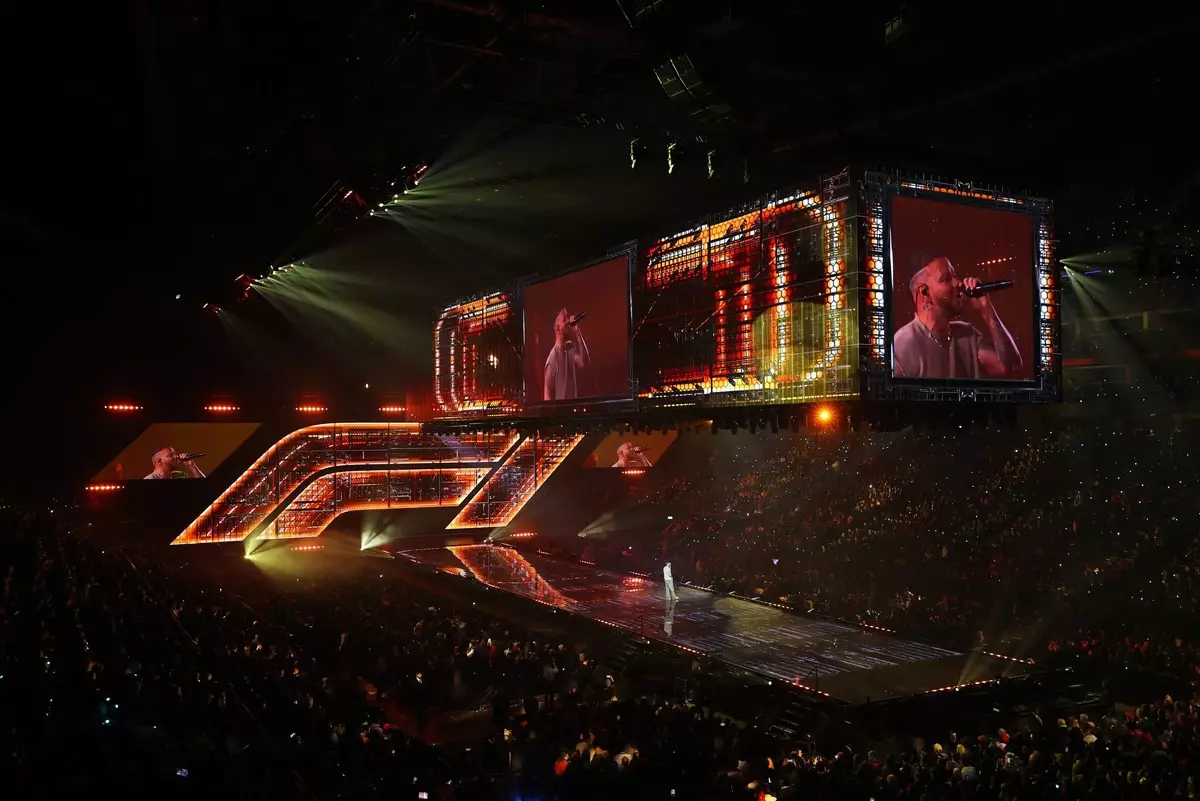The recent showcase at London’s O2 Arena successfully illustrated that Formula 1 (F1) has a unique opportunity to tap into new audiences. The atmosphere was electric as enthusiastic fans left the venue, many of whom had never before set foot at an F1 event. This demonstration of the sport in such a centralized and accessible location bridges a crucial gap, enticing newcomers to explore live racing, effectively igniting their interest in attending actual grand prix events.
Despite some unease regarding the impact of this event on driver availability and the logistical challenges it posed, the response from the teams indicated a newfound appreciation for engaging with fans in an innovative manner. The success of this event, labeled F175, underscored the potential for F1 to embrace unique formats that bolster fan interaction. However, the disappointment lingers that this successful blueprint does not have immediate plans for continued execution, leaving fans hopeful yet uncertain about future iterations.
With the British Grand Prix celebrating its 75th year in 2024, it’s disheartening that there are no plans akin to those seen in MotoGP, which embraced their anniversary via retro liveries. This format not only reignited nostalgia but also proved popular among fans. F1, known for its cutting-edge technology and vibrant marketing strategies, seems to miss an opportunity to resonate with its heritage and appeal to loyal supporters through similar initiatives.
The costs associated with such spectacles undoubtedly contribute to hesitation about repeating F175, but the palpable excitement from fans suggests that the investment could prove beneficial in the long run. Optimistically, the financial ramifications of F175 will soon become clearer, enabling F1 to assess the desirability of similar events moving forward.
As F1 glances towards 2026, it faces a monumental shift with impending regulatory changes that will overhaul both chassis and power units. This monumental transition will undoubtedly place immense pressure on the teams, making the logistics of another large-scale event even more complex. Despite these challenges, the precedent set by F175 highlights a successful model that can be replicated in other populous cities, reinforcing the notion that engaging new markets is a priority for the sport.
Given that cities like Madrid are positioning themselves as F1 venues, particularly with the upcoming Spanish Grand Prix, the potential for the sport to expand its urban presence is vast. Liberty Media’s ongoing focus on penetrating the American market complements this notion, reflecting an ambition to discover new fanbases.
F1’s strategic vision must balance between enhancing its profit margins through various events and the intrinsic value of fostering a broader fanbase. Rwanda’s expression of interest in hosting a future Grand Prix represents an exciting possibility, especially following their role in previous F1 events such as the FIA Prize Giving Ceremony. Engaging emerging markets showcases F1’s vision of inclusivity and growth, embodying the sport’s adaptable nature.
In contrast, the push for fan engagement risks getting overshadowed by lucrative deals in the cash-rich regions of the Middle East. While these races attract significant sponsorships and media attention, there is a danger that the focus on between-the-lines profitability eclipses the fundamental relationships that must be nurtured with fans.
The optimism surrounding F175 serves as a testament to how innovation in fan engagement can stimulate interest in a traditional sport. As F1 wades through potential routes to expand its global footprint, it must remember that placing the fans at the center of its strategy is paramount. The future may present various paths, but nurturing relationships with a growing and diverse audience should reign supreme in its execution. With an evolving landscape poised for transformative opportunities, F1’s journey is far from over. In embracing this new era, the focus on fan satisfaction and accessibility will ultimately determine the sport’s enduring legacy.

